1. Leonardo da Vinci

Leonardo da Vinci was celebrated as a painter, inventor, and thinker, but after his death in 1519, notebooks he had kept hidden revealed a whole new side of him. These journals were crammed with sketches of futuristic inventions, ranging from helicopters to scuba gear, centuries ahead of their time. It turns out that he was far more than just an artist—he was quietly pushing the limits of science and engineering without ever publishing much of it. Many of his ideas never saw daylight until centuries later, leaving people stunned at just how visionary he was.
The secrecy seems to have been intentional, as da Vinci wrote most of his notes in mirror script, as if meant to keep prying eyes away. Only after his death did people begin piecing together just how advanced his thinking had been. What the world knew as a painter of The Last Supper and Mona Lisa turned out to be someone who could easily have been called a scientist ahead of his era. It makes you wonder what else he kept to himself.
2. Thomas Jefferson
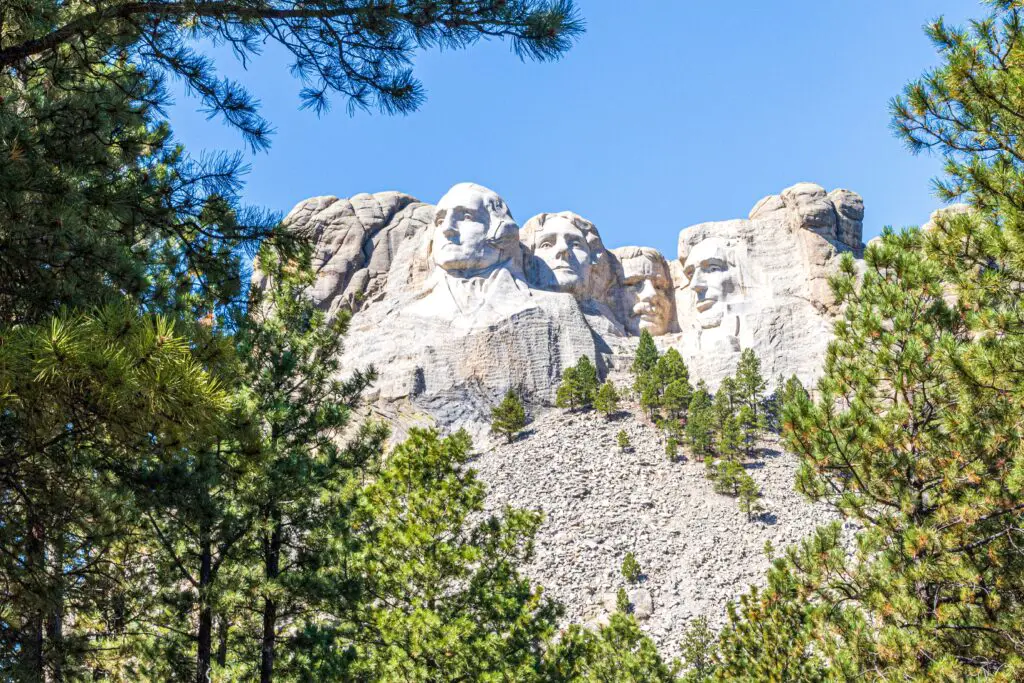
Thomas Jefferson, the third president of the United States, lived a life that was both public and private, often carefully curated. After his death in 1826, records began to surface about his long relationship with Sally Hemings, an enslaved woman at Monticello. While it had been whispered about during his lifetime, DNA evidence centuries later confirmed that Jefferson fathered several of her children. This complicated legacy reshaped how historians view him today.
For generations, the story had been brushed aside as rumor or political slander. But once the evidence was undeniable, it sparked deep conversations about freedom, hypocrisy, and the personal lives of America’s founders. Jefferson’s lofty words about liberty were now weighed against the reality of his private choices. His secret became a lens through which Americans began reexamining the founding era.
3. Emily Dickinson
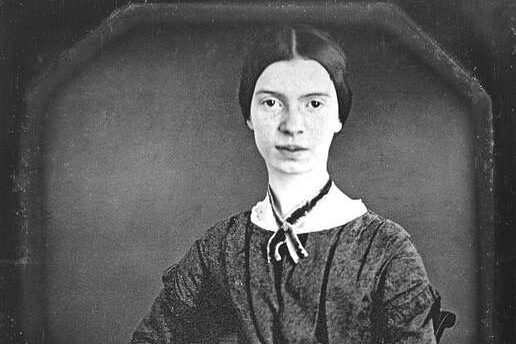
Emily Dickinson is often remembered as a reclusive poet, but the extent of her work wasn’t revealed until after her death in 1886. During her life, only a handful of her poems were published, and often edited heavily. After she died, family members discovered nearly 1,800 poems tucked away in her room, neatly bound in handmade booklets. It was like finding a hidden library of brilliance that no one outside her home knew existed.
Those posthumous discoveries transformed Dickinson from a little-known poet into one of the most influential voices in American literature. Readers were stunned by her originality, her sharp wit, and her unconventional style. Her work challenged the norms of her day, and yet, she never sought fame for it while she lived. It makes her legacy feel almost like a secret gift she left for future generations.
4. Nikola Tesla

Nikola Tesla was known as an eccentric genius during his lifetime, but when he died in 1943, a new level of mystery emerged. The U.S. government swooped in and seized his papers, claiming national security concerns. For decades, rumors swirled about what was inside—blueprints for death rays, free wireless energy systems, and other wild inventions. Some of these files were eventually released, but many remain cloaked in secrecy.
Tesla’s posthumous secrets fed into his myth as a mad scientist who may have been decades ahead of the world. Stories about suppressed technology still fuel conspiracy theories today. While we may never know exactly what he left behind, his hidden research adds another layer to his already larger-than-life reputation. It feels like the man himself wanted to remain just out of reach.
5. Queen Elizabeth I

Queen Elizabeth I cultivated an image of the “Virgin Queen,” but after her death in 1603, rumors and reports suggested otherwise. Whispers circulated that she had secretly given birth to an illegitimate child during her reign. Although historians have debated the truth of these claims, the persistence of the story chipped away at her carefully crafted image of purity and independence. For a monarch who used her unmarried status as a political weapon, the possibility of a hidden heir was scandalous.
Whether fact or fiction, these posthumous rumors show just how much Elizabeth’s personal life fascinated her subjects. In death, the veil of her public image was lifted, and questions about what really went on in her private chambers became fair game. The secret, real or imagined, continues to shape how people see her reign. Sometimes, the legend becomes almost as powerful as the truth.
6. Franz Kafka
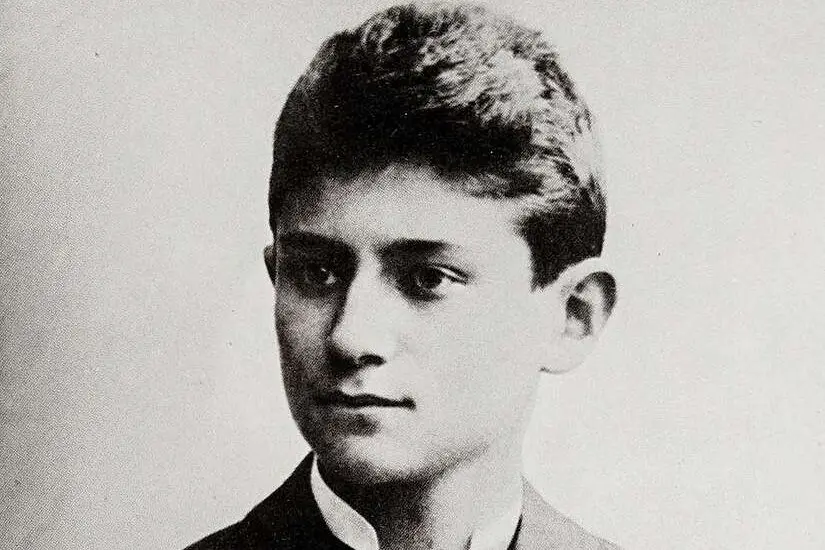
Franz Kafka, one of the most celebrated writers of the 20th century, wanted almost none of his work to survive him. Before his death in 1924, he instructed his friend Max Brod to burn all of his unpublished manuscripts. Instead, Brod ignored his wishes and published them, introducing the world to masterpieces like The Trial and The Castle. Ironically, Kafka became famous only after death for the very works he didn’t want people to read.
This secret request revealed a side of Kafka that was deeply insecure about his own creations. He never imagined the haunting, surreal stories he scribbled down would resonate so powerfully across the world. In a way, his death gave birth to his reputation, since his most influential works were hidden until Brod brought them out. It’s one of the most famous examples of a secret literary treasure almost lost forever.
7. President Warren G. Harding
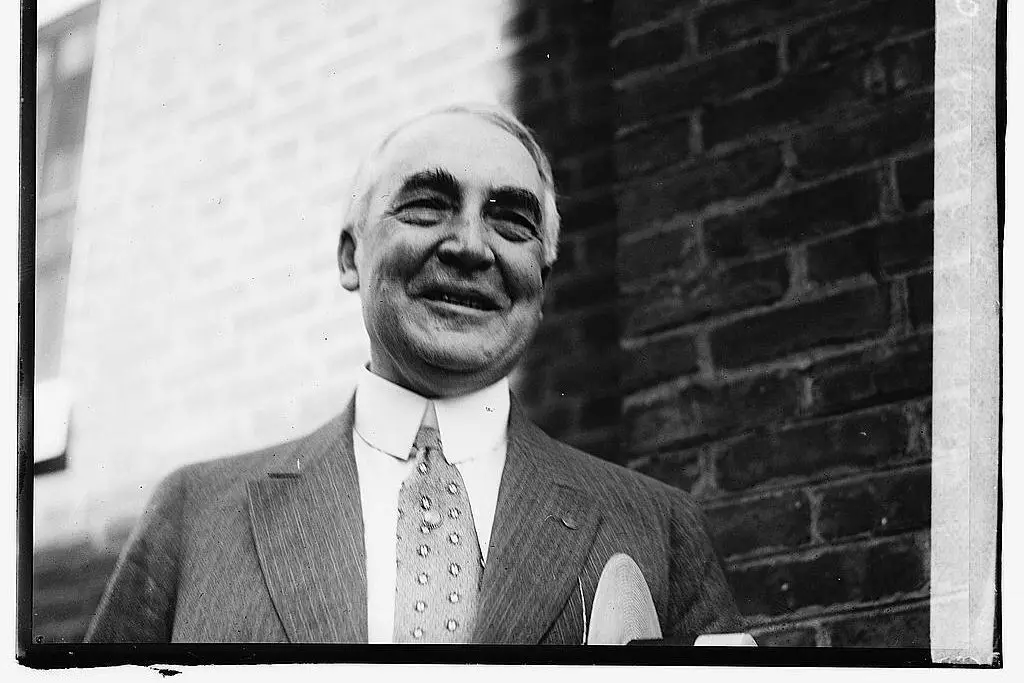
Warren G. Harding, the 29th U.S. president, had his reputation marred by scandals, but the full scope of his private life only came to light later. After his death in 1923, love letters between Harding and his mistress, Carrie Fulton Phillips, were discovered. They revealed a passionate relationship that had been carefully hidden during his presidency. For decades, these letters remained sealed by the Library of Congress, only becoming public in the 21st century.
The revelations painted Harding in a new light—not just as a politician mired in corruption scandals, but as a man leading a double life. The letters showed a raw, emotional side rarely associated with presidents. For historians, they added complexity to a figure often remembered as one of the weakest leaders in American history. It turns out, Harding’s secrets were more personal than political.
8. Alan Turing
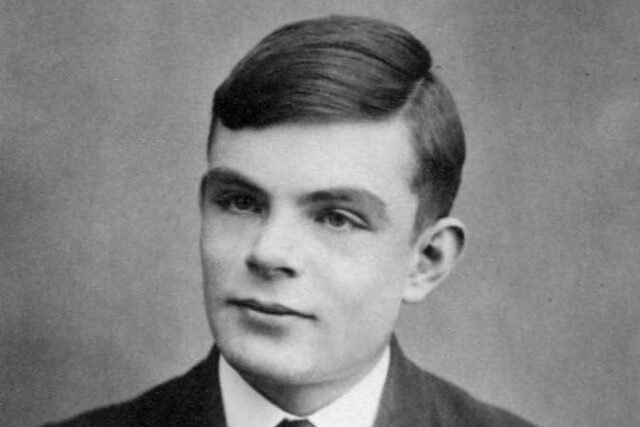
Alan Turing, the British mathematician who helped crack Nazi codes during World War II, lived in the shadow of secrecy throughout his life. He was prosecuted for homosexuality in the 1950s, forced to undergo chemical castration, and died in 1954 under tragic circumstances. Only after his death did much of the classified work he had done at Bletchley Park become public knowledge. The full extent of how crucial he was to defeating the Nazis was kept hidden for decades.
It wasn’t until long after his death that Turing received the recognition he deserved. Today, he’s remembered as a hero of computing and wartime cryptography, a far cry from the way he was treated while alive. His posthumous secrets weren’t scandalous—they were heroic. It’s a bittersweet legacy that shows how much was lost in his lifetime.
9. Edgar Allan Poe
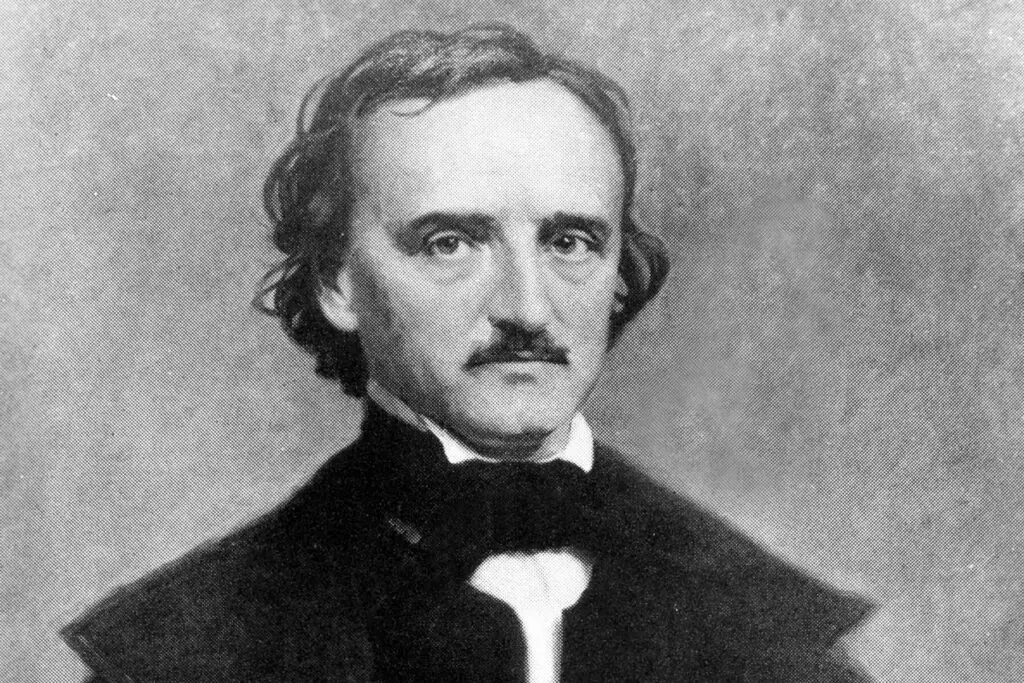
Edgar Allan Poe’s death in 1849 was mysterious enough, but the secrets that came after added layers of intrigue. After his death, letters and documents revealed a tangled personal life filled with debts, rivalries, and even coded messages. Some of his relationships were more complicated than fans of his gothic tales ever knew. The secrets painted a portrait of a man as haunted as the characters he created.
Even today, Poe’s cause of death remains debated, with theories ranging from alcohol poisoning to rabies. His posthumous papers showed just how tormented and brilliant he was at the same time. The revelations gave more context to the dark, eerie beauty of his stories. In death, Poe became almost as mysterious as his writing.
10. King Tutankhamun
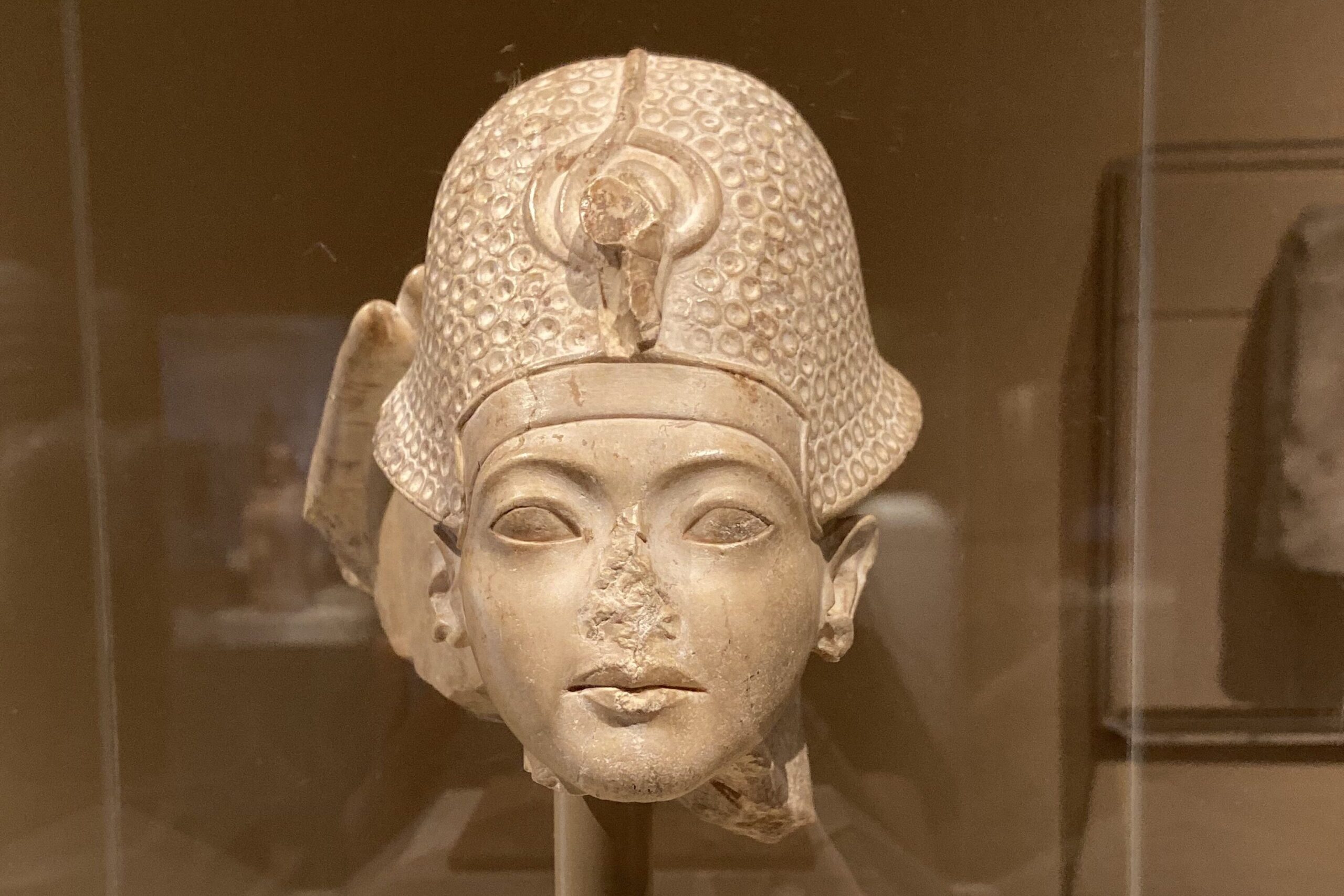
When King Tutankhamun’s tomb was discovered in 1922, the world marveled at its treasures, but it also revealed secrets about the boy king himself. For centuries, he had been a largely forgotten ruler of ancient Egypt. Yet, studies of his mummified body showed evidence of health problems, including a clubfoot and malaria, that likely contributed to his early death. These revelations clashed with the image of a strong, godlike pharaoh.
The discovery also exposed how quickly history can erase and then resurrect a figure’s story. Tut went from obscurity to the most famous pharaoh in the modern world, thanks to secrets hidden for millennia. His ailments humanized him in a way that the golden mask never could. In death, Tut finally found the fame he never had in life.
11. Oscar Wilde
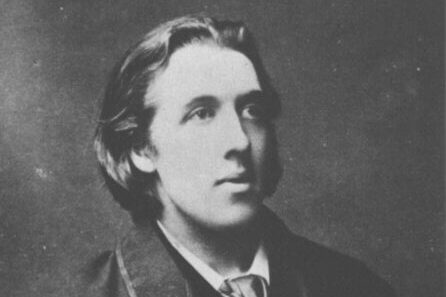
Oscar Wilde was flamboyant and witty in public, but after his death in 1900, hidden parts of his story emerged. Letters and unpublished writings revealed the depth of his relationships with men, something that was scandalous in Victorian society. Though his trial for “gross indecency” made headlines in his lifetime, it was the private correspondence unearthed later that shed light on just how central love and desire were to his life.
These revelations helped reframe Wilde not just as a tragic figure who was punished for his lifestyle, but as a man who lived more fully and passionately than many realized. His secrets deepened the understanding of his plays and poetry, adding context to the wit and longing in his work. In a way, his posthumous honesty made him even more beloved. Sometimes, secrets reveal the humanity behind genius.
12. Abraham Lincoln

Abraham Lincoln is remembered as the Great Emancipator, but some of his secrets only surfaced after his assassination in 1865. Personal letters and memoirs suggested that Lincoln struggled with what was then called “melancholy,” what we would now call depression. His private writings showed a man grappling with darkness even as he led a nation through its darkest time. While not scandalous, the revelation humanized him in a profound way.
Historians have also noted his close friendships with men, which sparked speculation about his personal life after his death. Whether or not these relationships crossed into romance remains debated, but they added complexity to the picture of Lincoln as a solitary, stoic figure. The man who held a fractured nation together also carried hidden burdens that only came to light later. His secrets made him feel more relatable.
13. Coco Chanel
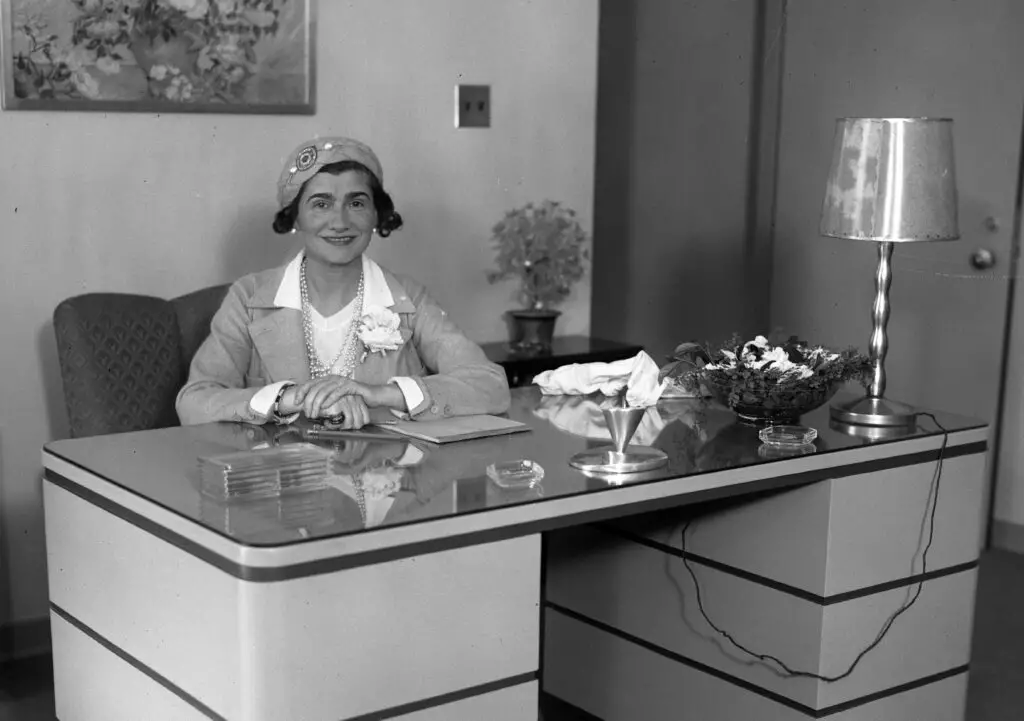
Coco Chanel, the legendary fashion designer, reinvented women’s style in the 20th century, but her secrets didn’t come out until after her death in 1971. It was later revealed that during World War II, Chanel had ties to Nazi officials, a fact that stunned admirers of her work. For someone associated with elegance and independence, the revelation of collaboration painted her legacy in a very different light. Historians continue to debate how deep her involvement really went.
The posthumous revelations forced a reexamination of her glamorous image. Chanel wasn’t just a designer—she was a complicated figure making choices in a time of crisis. Her legacy now carries both brilliance and controversy. Sometimes, what we learn after someone is gone changes how we see their work forever.
